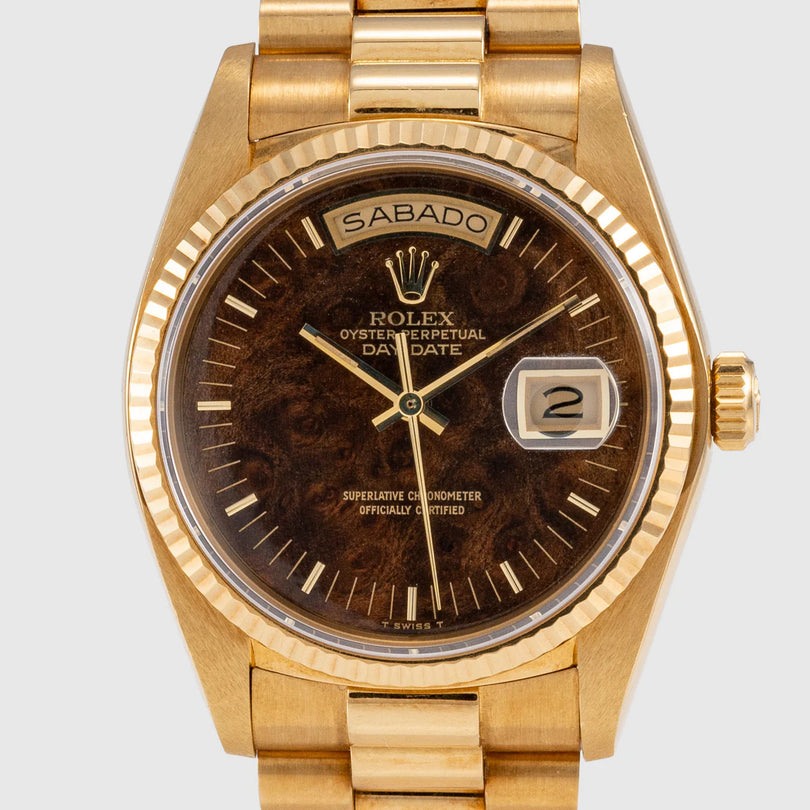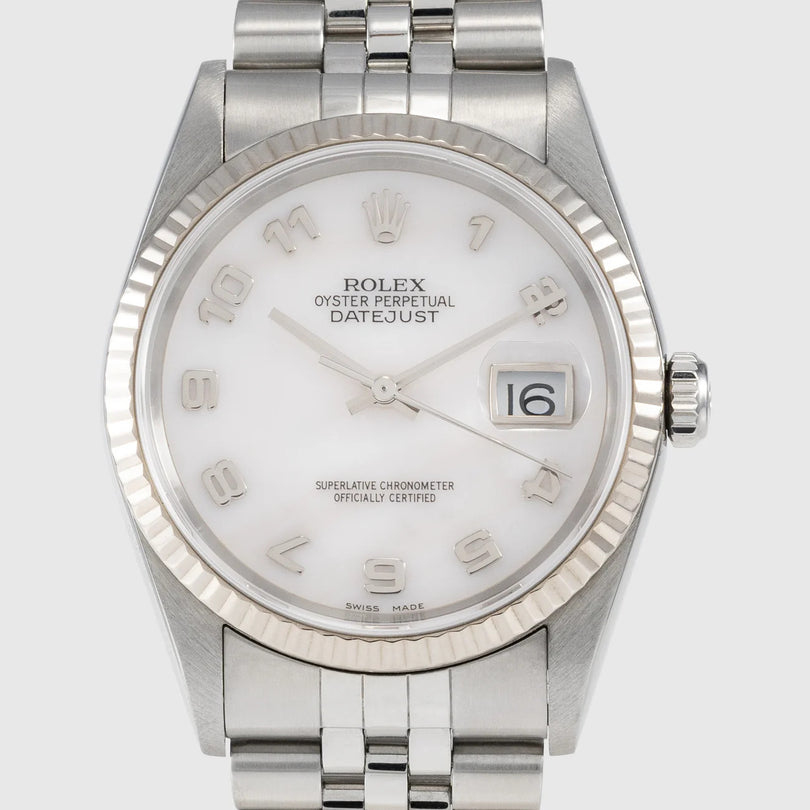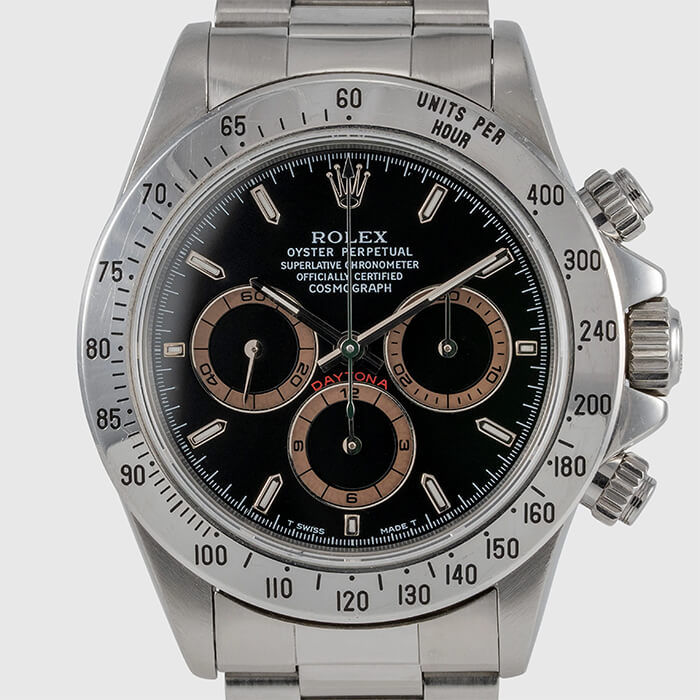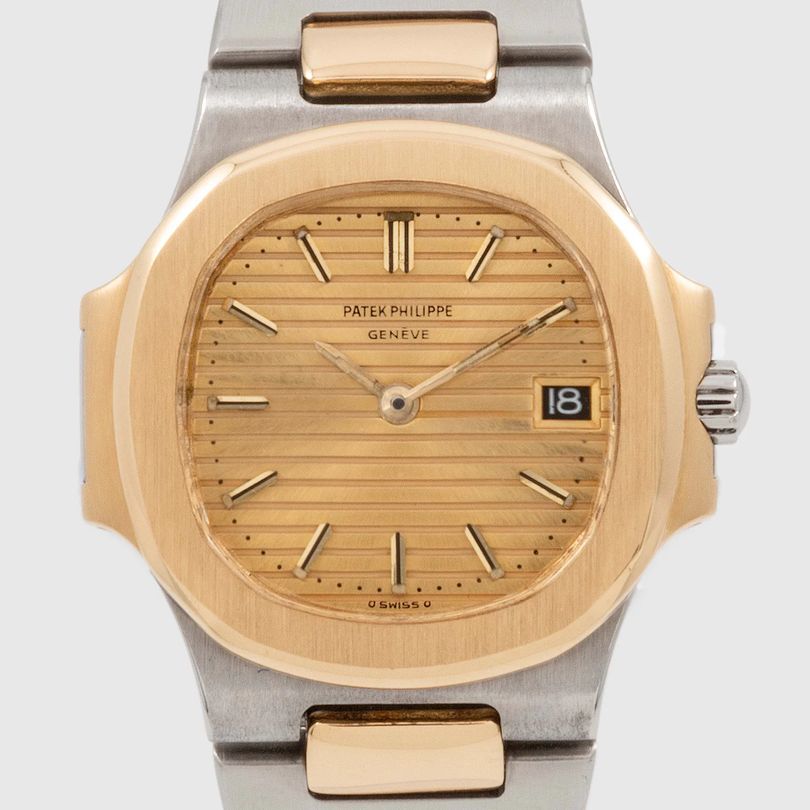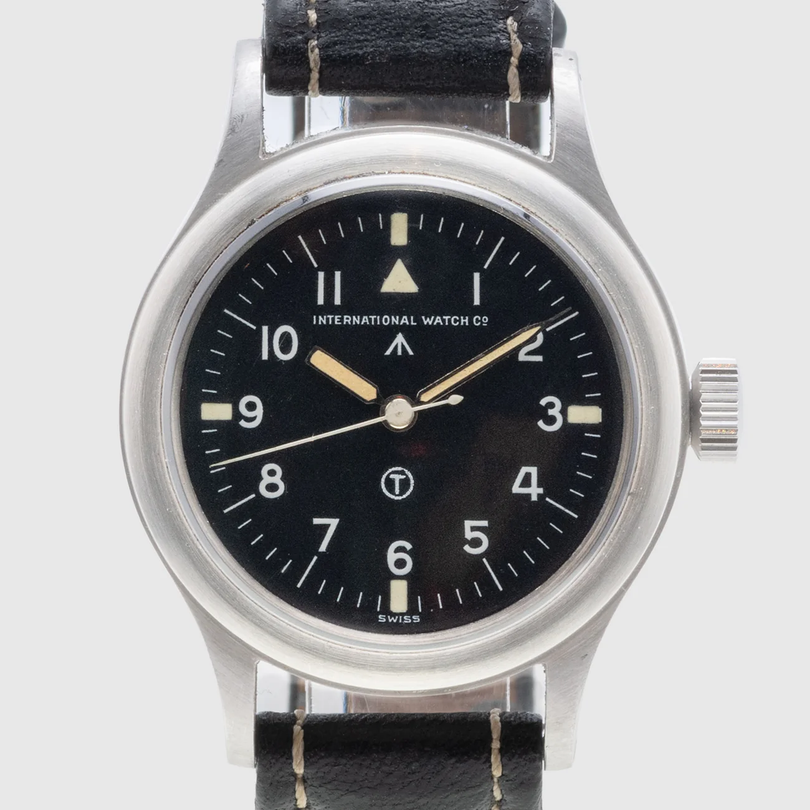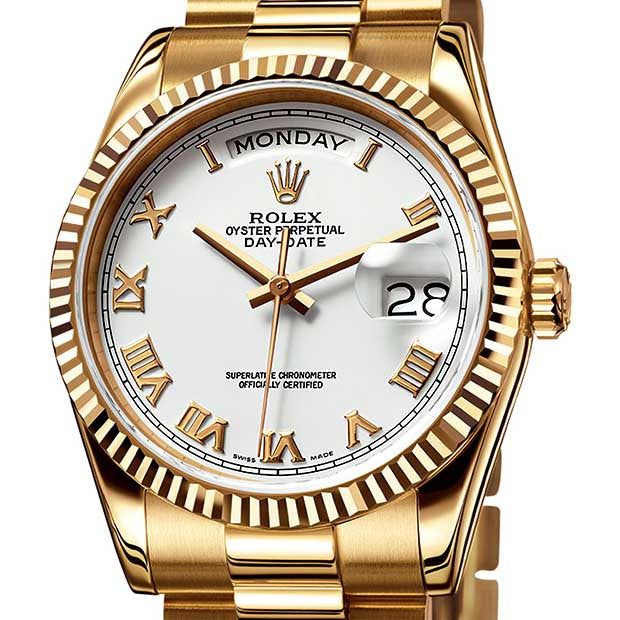
Our culture is a little obsessed with new things. Whether it’s a car, a movie or the latest gadget – if it’s new, people are fascinated by it.
Then there are those who, like me, prefer something a little faded and worn, something with a scratch or two – something comfortable, real and interesting. Something with a story. “Old shoes wear better than new ones” it has been said.
When the latter kind of person stops in at my watch boutique I know it immediately because they are drawn to the vintage models first. Sometimes one of them will even ask – “but what about patina?” That’s a sure sign that he knows the worth of heritage and provenance.
It’s also an interesting question. So this article is all about patina – what is it, and what does it mean on your ‘old’ watch?
Patina is basically a discoloration of metal over time. Buyers of antiques will sometimes use the term “patina” arbitrarily to describe all kinds of things – even a build-up of sediment on an old wooden table top. Writers will use the term metaphorically, meaning an aura or a look: “He has the patina of wealth about him.” But that’s not exactly accurate – and it has nothing to do with watches.

Patina on vintage watches is the discoloration of tritium or radium-based luminescent material (or “lume”) on hands and markers, the discoloration of dials, and even the metal of certain kinds of cases.

Typically cases that contain bronze will develop a distinctly “nautical” look about them over time. Usually the dial color will darken, and sometimes crack. This cracking is called “spidering” and very rarely buyers will actually seek out dials like that.
Almost all the collectors I’ve met love patina, though, and some sellers who know this have even developed methods to “fake” patina using eggs, vinegar, liver of sulfur and who knows what else. Sometimes they create horological abominations. So be warned – those are out there too.
What exactly causes (genuine) patina is a topic for heated debate among watch enthusiasts. Some say it’s the radiation from old types of lume, others say it’s UV from the sun. It doesn’t matter – call it “wear and tear” if you like. What matters is whether or not you like the look of it, and whether it increases or decreases the value of a vintage timepiece.
Personally, if I’m buying a vintage watch, it needs to look its age. The more unique and interesting the patina, the more it is worth. An old watch tells a story. A shiny dial seems counterfeit.
So generally speaking, patina is a good thing. In fact, the dial of a vintage watch is the most important factor that determines its relative value, and a rare “chocolate” or “tropical” patina and deep orange lume can add an extra zero to the price of the right watch.

Rolex watches made between 1950 and 1970 often have the best patina. Particularly popular are the GMT’s, Red Submariners and the “Double Red” Sea Dwellers (models with two lines of red writing on the dial including “SUBMARINER, SEADWELLER 2000”). If these have great tropical dials they can become “grail watches” for serious Rolex collectors.
They may have cost perhaps a few hundred dollars new in 1970, but around 2008 some of them actually skyrocketed in value to close to $40,000, to give you an idea. They remain popular now.
I’ve seen a number of them worn with NATO style straps, but in my opinion they look particularly authentic when matched with a fitting vintage strap. Authenticity is more important than restoration, and a discolored dial often has no effect whatsoever on the movement of the watch. The timepiece will run perfectly, and look like it has a story to tell.
Examining the amount of discoloration is also a surefire method to check whether parts of an old watch have been replaced – if the patina on the markers doesn’t match the patina on the hands, for example, you know something’s wrong.
To sum up: While there is such a thing as “too much patina,” it’s very seldom that I find watches like that. It’s usually a bad replication of a dial, non-genuine replacement parts or botched repair jobs that detract from the value of a good vintage watch. When it comes to patina on vintage watches – “old” is definitely a good thing.

